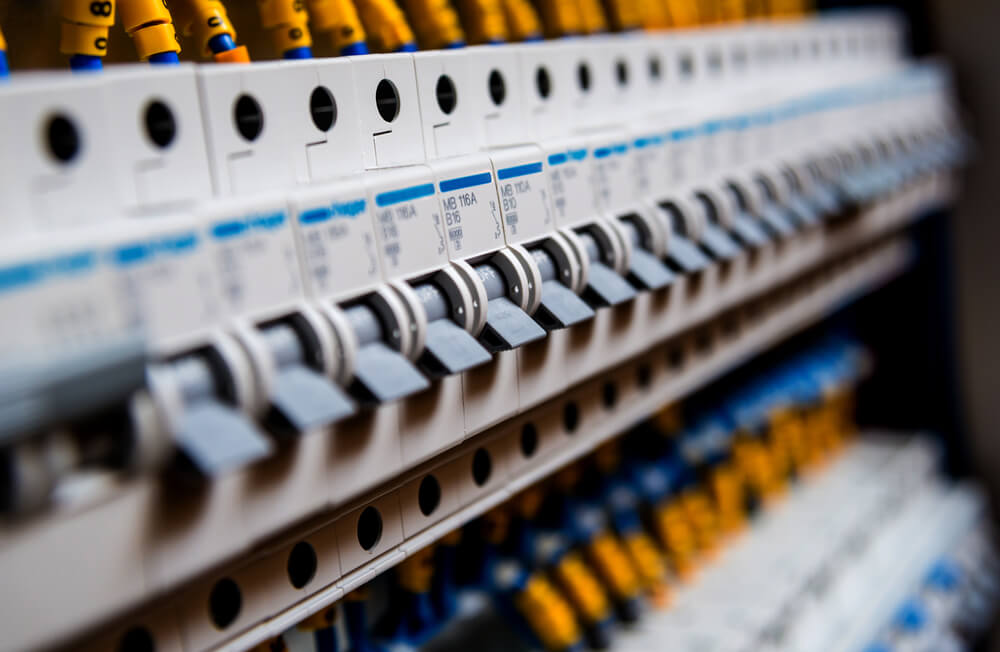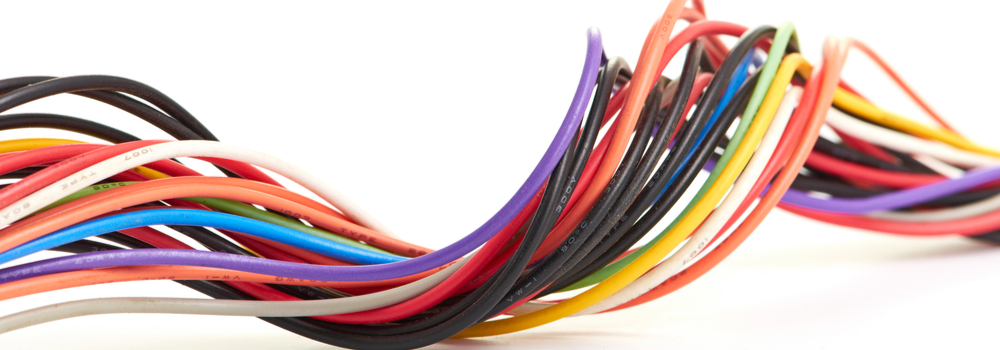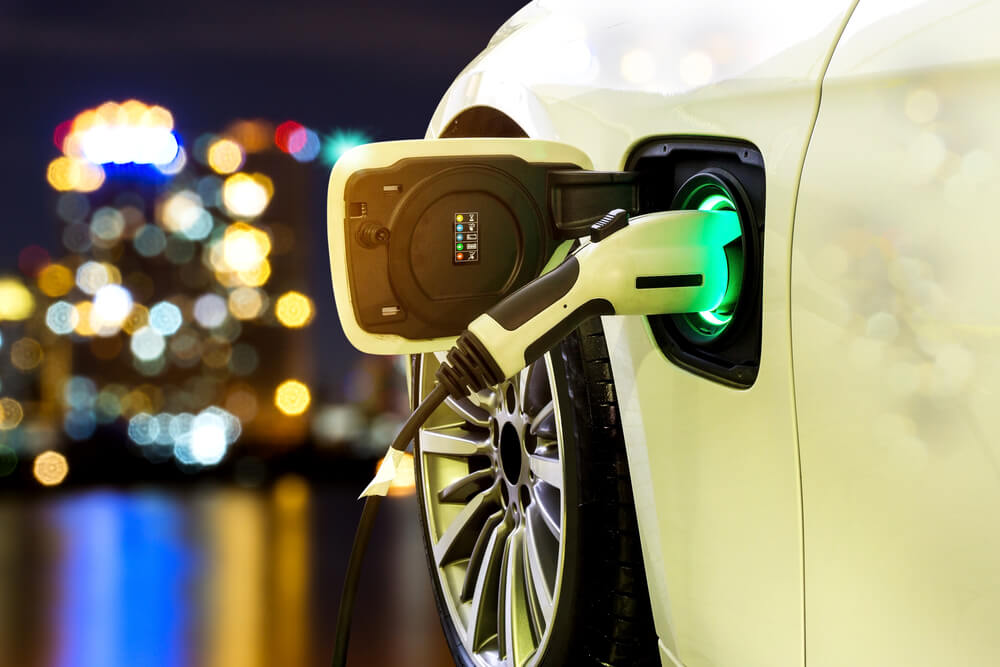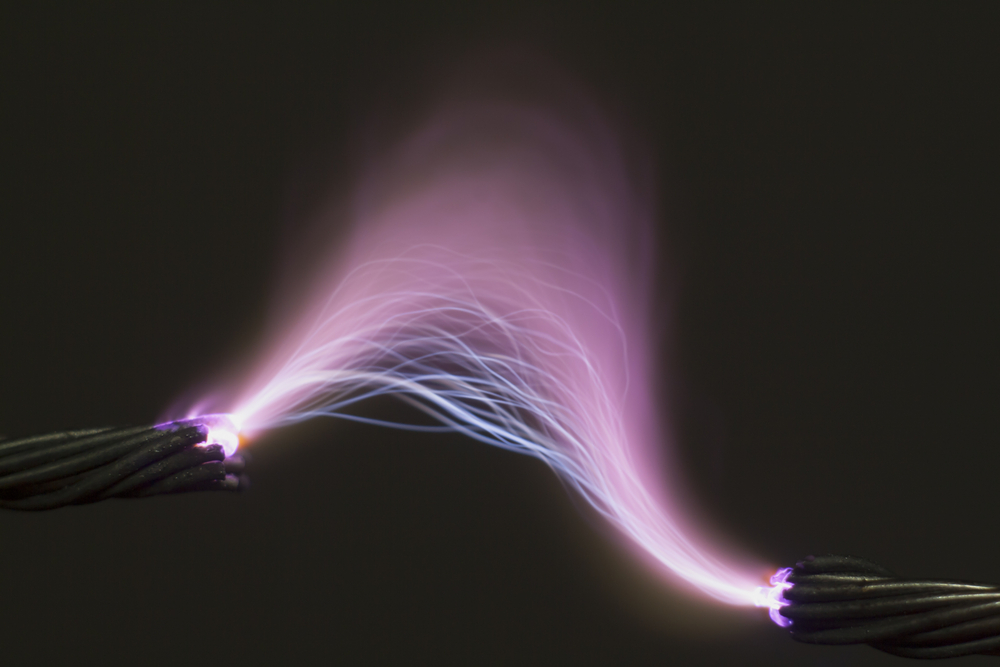Low voltage switchgear selection and AMD2
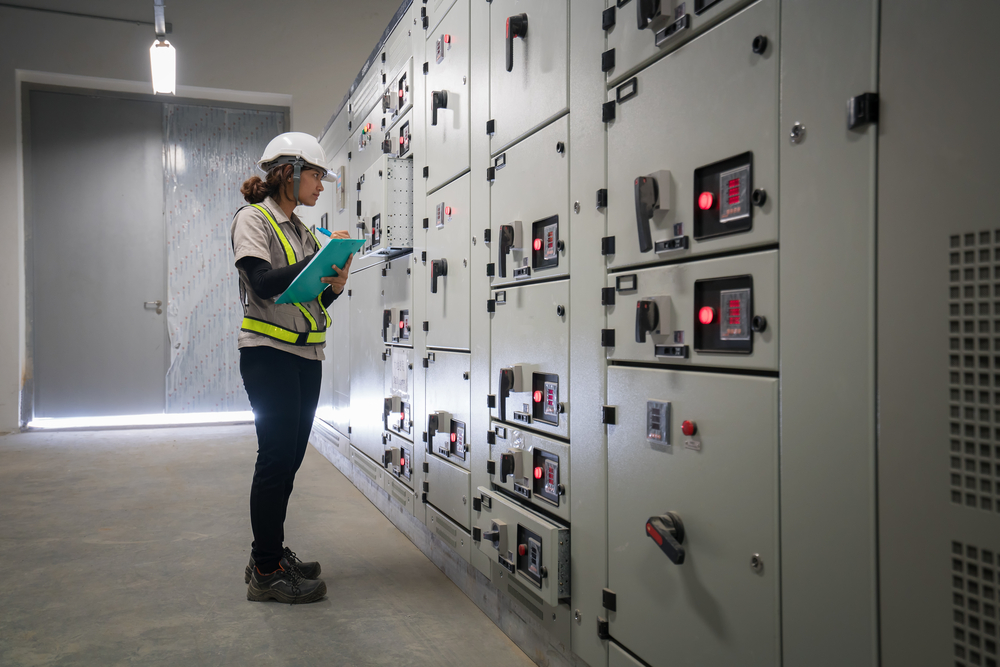
With the second amendment of the 18th Edition Wiring Regulations (BS 7671:2018) around the corner, ECA Technical Manager Gary Parker considers how requirements for low voltage switchgear selection could be affected…
Low voltage switchgear is a vital part of the link between generation, transmission or transformation equipment on one side and the lighting, motors and information technology on the other.
Switchgear is defined as a collection of components including (but not limited to) circuit breakers, switches, off load isolators, on load isolators, disconnectors, fuses, enclosures etc. In essence, all the accessories required to protect a low voltage system.
The main functions of switchgear are electrical isolation, isolation of sections of an installation, and local or remote switching. In this article, we will focus on the different types of protective devices and the main considerations when selecting and specifying low voltage switchgear.
Note: BS EN 61439 specifies the requirements for low-voltage switchgear and assemblies, while BS EN 60947 specifies the functional units within the assemblies.
Choosing the right device
There are many devices designed to interrupt power, from a source to a load, and they each have different functions and characteristics. Selecting the right device for the right application is therefore vital.
Miniature Circuit Breakers (MCBs) are probably the most common form of protective device used in electrical installations, and their use and characteristics should be familiar to electrical professionals.
Moulded Case Circuit Breakers (MCCBs) or simply circuit breakers (CBs), are commonly used for sub-main distributing loads in switchgear.
The variety of sizes available means MCCBs can be used in many circumstances where other forms of devices would be unsuitable. In addition, many MCCBs have a variety of adjustable settings that can assist in providing protective device selectivity throughout an installation. Advances in the ‘intelligence’ of these devices is also enabling building managers to remotely monitor loads and better manage energy use.
MCCBs are often found in installations where the maximum prospective short circuit currents are potentially very large. Many manufacturers now produce MCCBs with capacities in excess of 100 kA.
Where the downstream protective device is a fuse, many adjustable CBs will need to have an I2t on/off function, also referred to as an in/out. ‘On’ results in an inverse time delay characteristic that most closely resembles the time/current characteristics of fuses. ‘Off’ results in a constant delay characteristic that coordinates best with thermal-magnetic and electronic trip CBs.
Air Circuit Breakers (ACBs) are often used at the origin of larger installations, due to their rating and ability to withstand high levels of faults.
One consideration when selecting ACBs is the option of fixed or withdrawable type. Fixed ACBs are generally less expensive than the withdrawable variety but can be more challenging to maintain and isolate safely. A withdrawable ACB will not require isolation of the upstream protective device as there is no need to access terminals or connections.
Where protection is offered by an ACB, this is usually incorporated in a separate protection module. These modules are usually plugged into the ACB and eliminate the need for external protection systems.
Motor Protection Circuit Breakers (MPCBs), as their name implies, are specifically designed to protect motors, compressors and other motive power loads. Like a typical MCCB, these devices offer additional protection against motor overload and phase loss in balanced 3-phase systems.
Contactors are solenoid operated switching devices, usually remotely operated, that are designed to undertake repeated cycles of operation. BS EN 60947-4-1:2010+A1:2012 (Contactors and motor-starters - Electromechanical contactors and motor starters) gives specific information about these devices.
Safety outweighs cost
When specifying low-voltage switchgear assemblies, in particular the forms of separation, then ultimately the greater the degree of protection, the greater the cost. This may initially be seen as a barrier to selecting the more expensive protective options, however an appropriate selection can ensure that the installation provides safe working situations for those working on/near it, and it can reduce down-time when the almost inevitable maintenance is required.
As a rule of thumb, the higher the form of separation, the larger and costlier the assembly will be. This will impact on the selection should space and budget be limited, but it should never override safety and maintenance considerations.
This article is based on an extract from ECA’s Application Guide: Selection of LV Switchgear and Protective Devices. The full 49-page document is available to ECA Members and can be accessed at www.eca.co.uk/technical.
Are you up to date with ECAtoday?
ECAtoday is the official online magazine of ECA and reaches thousands of people within the electrotechnical and engineering services industry.







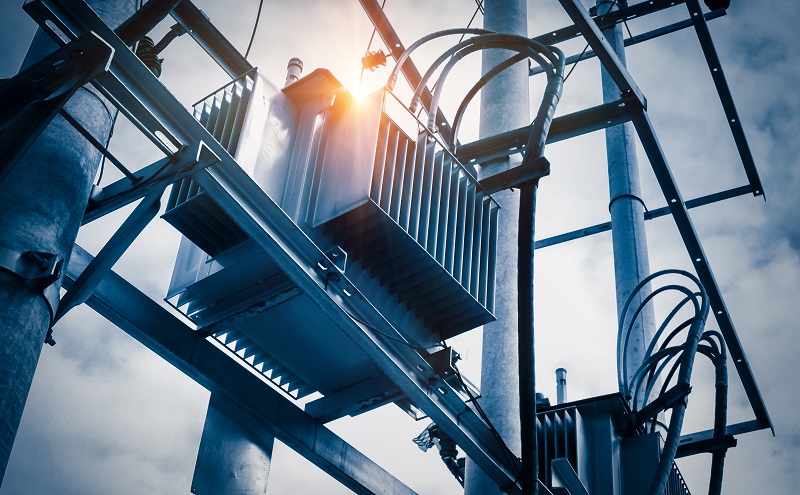
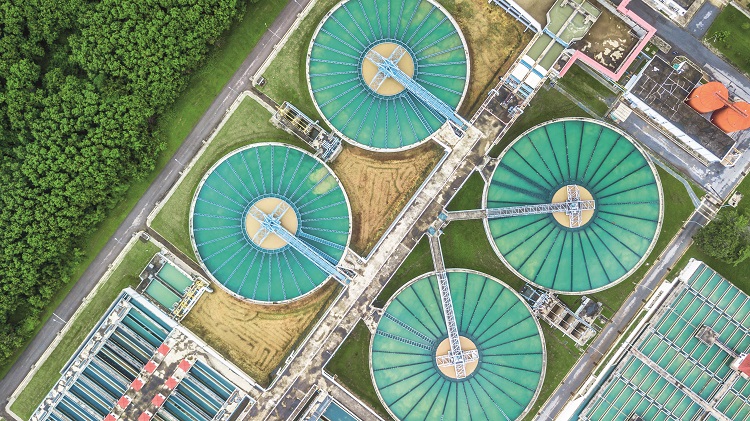
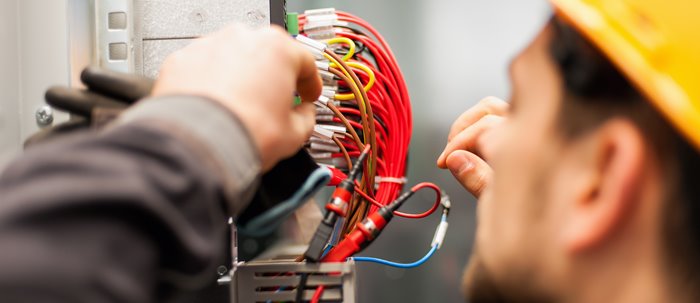
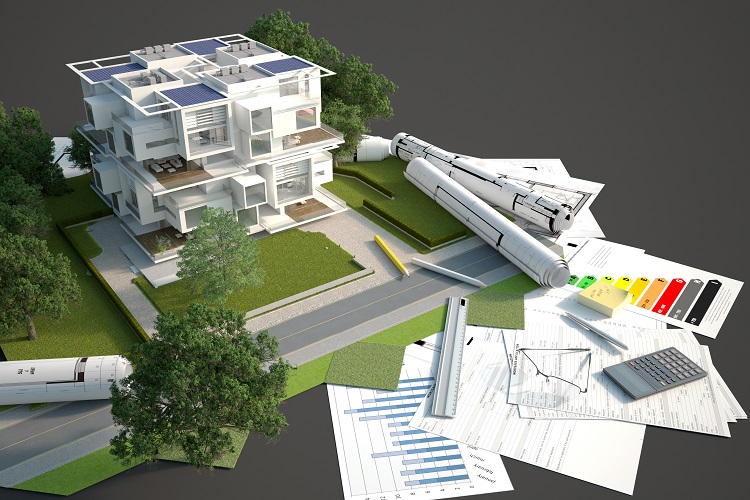
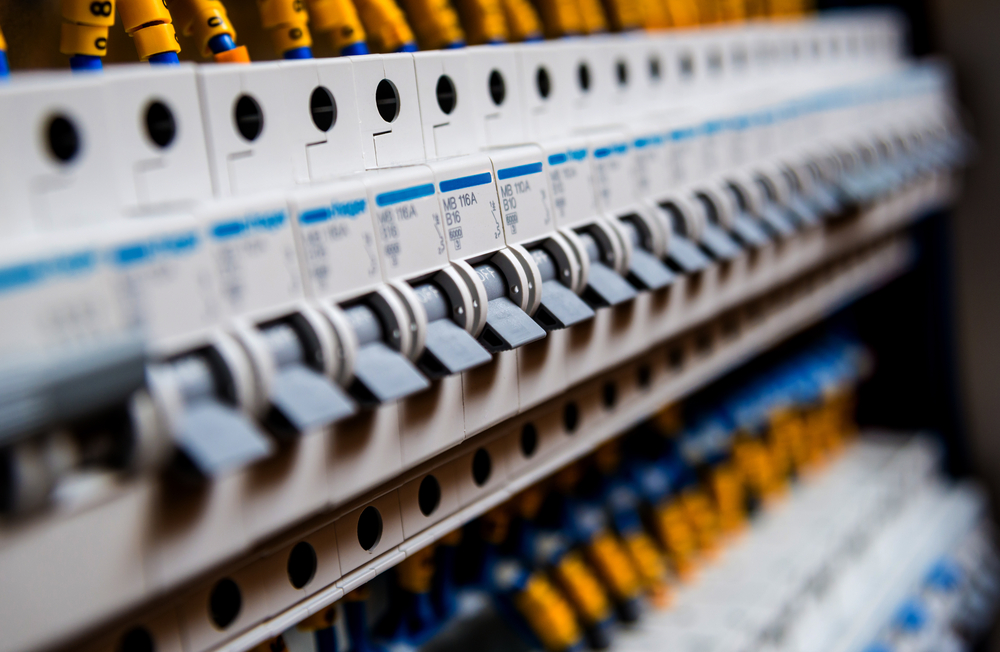


.jpg?width=1000&height=667&ext=.jpg)
